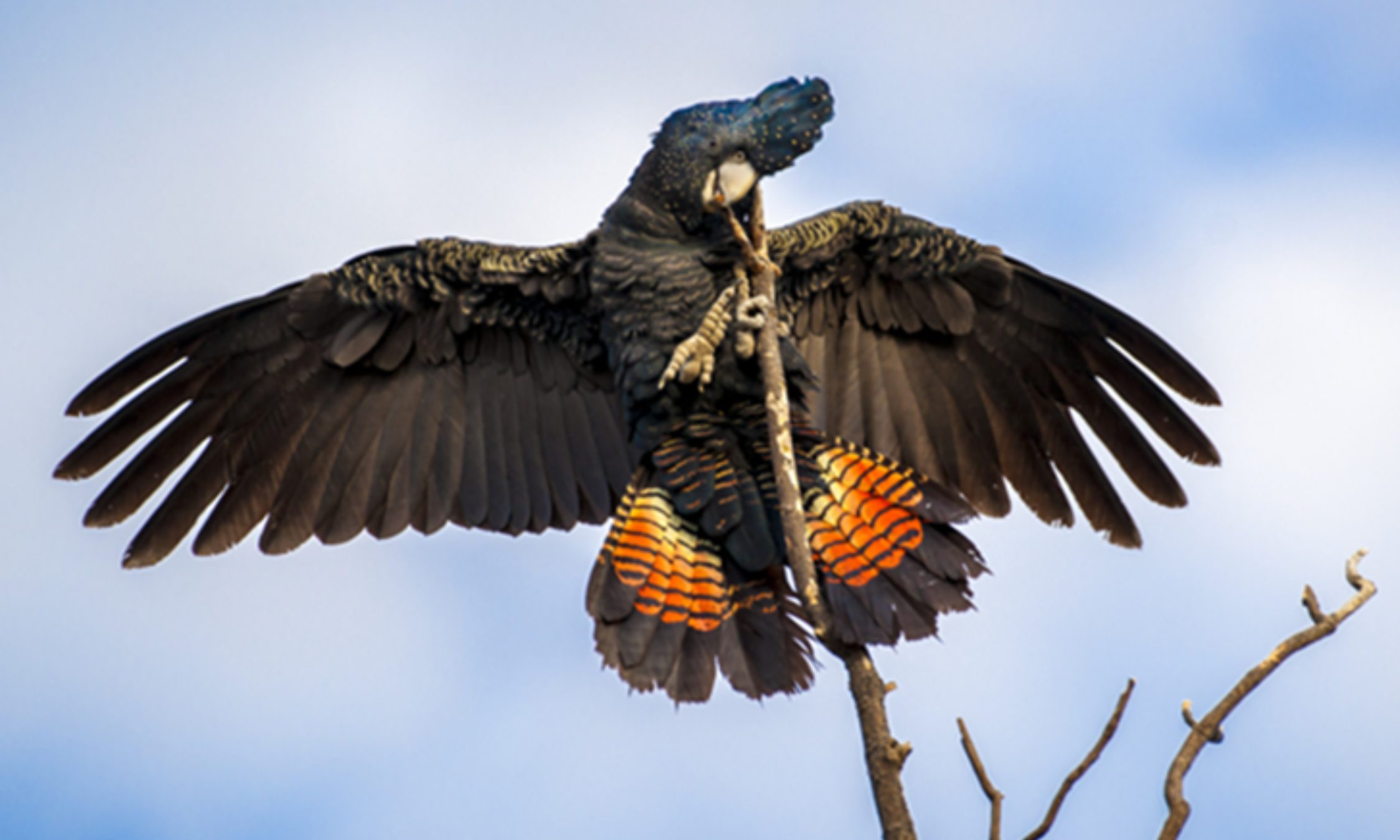Australian Bluegum Plantations (ABP) is committed to sustainable forestry that not only produces high-quality wood fibre but also protects and enhances biodiversity across the plantation estate. Through conservation, revegetation, pest management, fire protection, and scientific monitoring, ABP works to safeguard native flora and fauna for future generations.
Nearly 14% of ABP’s estate retains remnant native forests and wetlands, managed as conservation zones to support local biodiversity. These areas provide critical habitat for rare and threatened species, including the critically endangered south-eastern Red-tailed Black Cockatoo, which feeds on remnant stringybark and nests in red gums. In partnership with Birdlife Australia and state authorities, ABP has installed nesting boxes across its estate, attracting new breeding pairs and supporting the survival of healthy chicks. Recent additions at the Les Johnson plantation in south west Victoria have already supported successful breeding, with ongoing monitoring ensuring these efforts deliver measurable conservation outcomes.
ABP also works to protect wetland and water-dependent species, including the critically endangered Australasian Bittern and the nationally threatened Glenelg Freshwater Mussel. Habitat restoration, levee repairs, improved waterway management, and partnerships with catchment authorities and conservation organisations ensure these species have safe, thriving environments. Initiatives include controlling livestock access, supporting captive breeding programs, and undertaking translocation planning to secure long-term population growth.
Revegetation is a cornerstone of ABP’s conservation approach, with thousands of native seedlings planted across the Green Triangle and Albany regions to restore habitat for species such as the Southern Brown Bandicoot, Long-nosed Potoroo, Blue-winged Parrot, and Red-tailed Black Cockatoo. Weed and pest management programs, including control of foxes, feral pigs, and deer, protect these areas and reduce pressures on both native vegetation and young plantations.
ABP also collaborates closely with Traditional Owners, including the Gunditj Mirring, Burrandies Aboriginal Corporations, and the Kurrah Mia Working Group, integrating cultural knowledge and sustainable land management practices. This partnership approach strengthens biodiversity outcomes, supports cultural heritage, and fosters long-term stewardship of the landscape.
Through these comprehensive efforts, ABP demonstrates that sustainable forestry and thriving natural ecosystems can go hand in hand, delivering renewable resources while protecting the unique biodiversity for generations to come.
